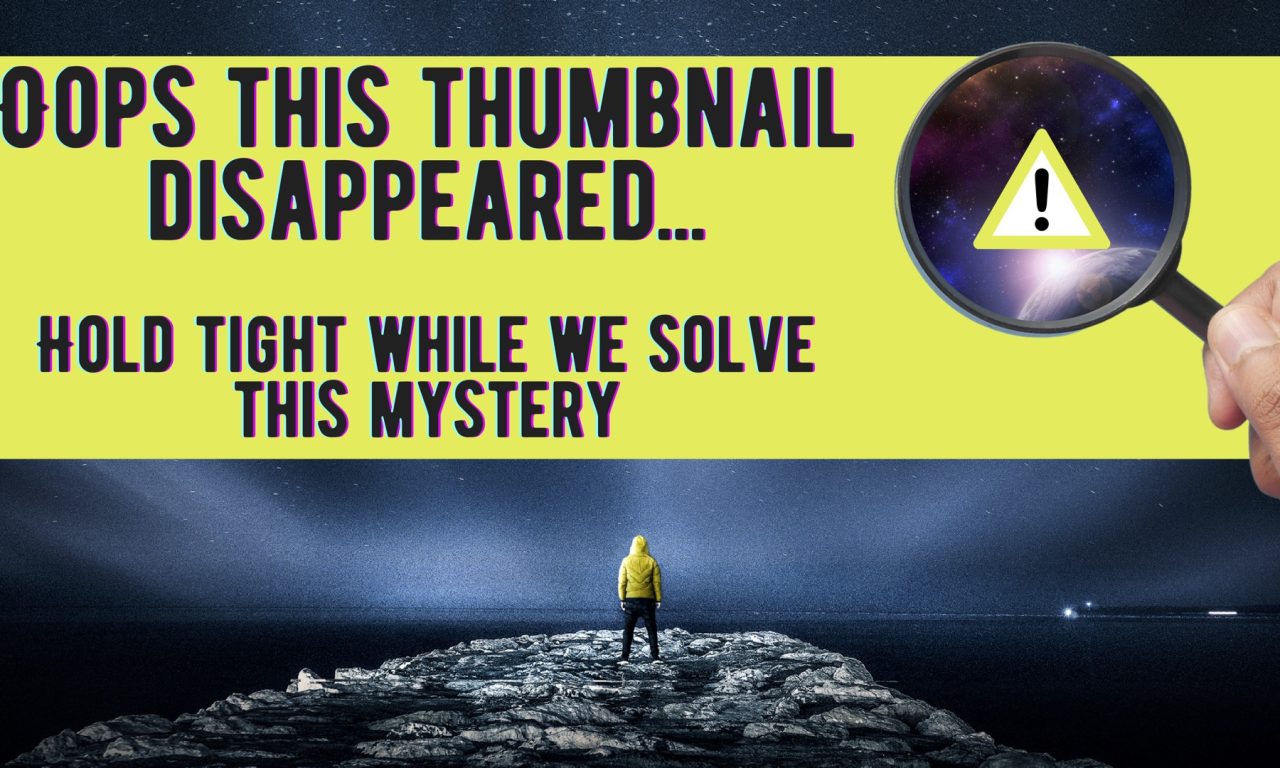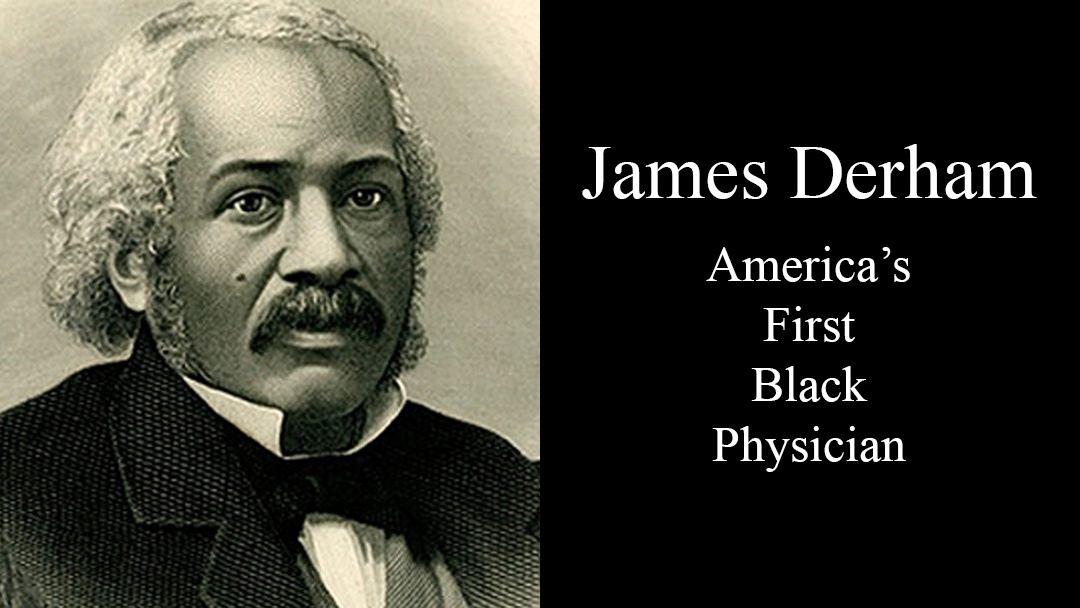We’ve often wondered, how can historians be sure at all about numbers from yesteryear? Modern census surveys weren’t being done, no one was carefully loading and processing data by computer. Getting a message from one town to another took days, maybe weeks.
Wouldn’t a more responsible statement be: “given contemporary reports on the corpses stacked high, some historians think that perhaps between two and four out of every five Mexicans perished.”
But let’s take a middle of the road, fifty per cent figure. Can we even begin to imagine, one hundred sixty-million U.S. Americans, or twenty-six million English, 50 percent of the population of those nations, wiped out from a single health event? We go on red alert, and properly so, when a single case of Ebola Virus sneaks into our midst.
 This was a nuclear bomb of disease for old Mexico, but what was it, exactly? Medical scientists have only been able to speculate up until now. Then, an international team of researchers unearthed bodies from a cemetery that time forgot.
This was a nuclear bomb of disease for old Mexico, but what was it, exactly? Medical scientists have only been able to speculate up until now. Then, an international team of researchers unearthed bodies from a cemetery that time forgot.
We’re told that DNA has been extracted from the teeth of 29 skeletons, and that modern techniques have isolated the likely culprit, a bacteria termed Salmonella enterica.
But the single study should only wet a researcher’s appetite:
- Will other gravesites around Mexico yield similar results, and if not, why not?
- How and why did resistance to the disease emerge, belatedly, to save the remaining population?
- And exactly how did Europeans introduce the disease, if that’s the case?
Often in medical mysteries, each good question deserves another.












